Hello Madagascar
- Sandra & Gottfried
- May 28
- 5 min read
After a somewhat extended blog break, we'd like to share with you our experiences in Madagascar, specifically Nosy Be, and the surrounding islands and bays such as Nosy Sakatia, Nosy Kisimany, Crater Bay, Russian Bay, Honey River, and others. We spent three months traveling by land and sea in this fascinating island world.
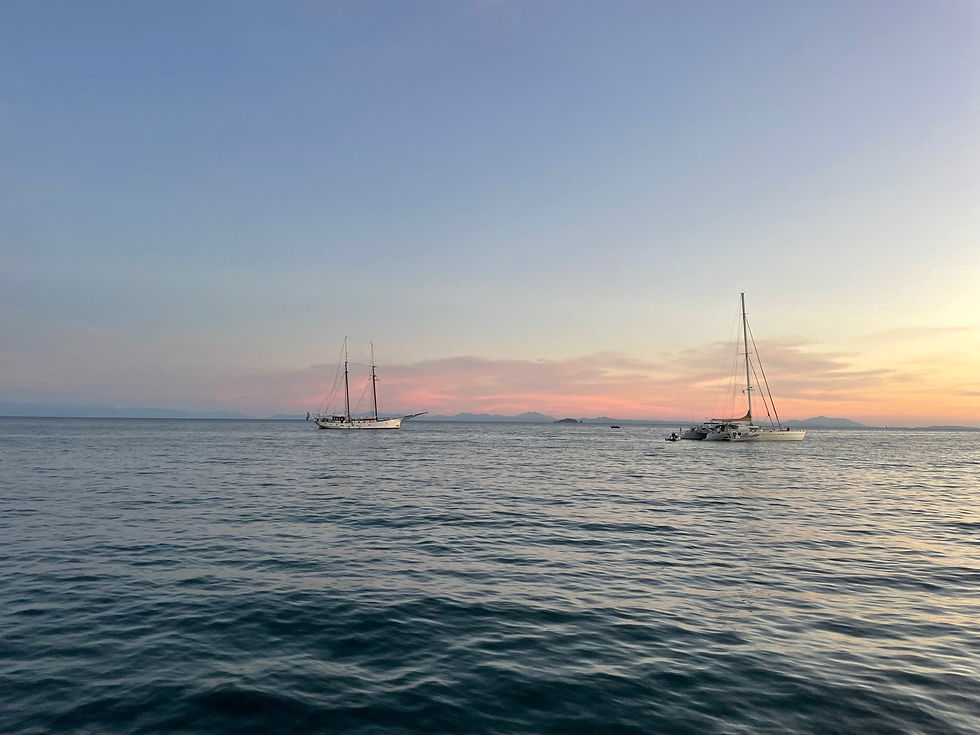
After two days of clearing customs in Hellville, we sail to Crater Bay, which will be our base on Nosy Be. We will return to this bay again and again to do our shopping, go to the doctor or hairdresser, and much more. We decide, if possible, to rent a mooring in Crater Bay for our three-month stay in Madagascar. Moorings are quite sought after, and there are only a limited number available. After lengthy, tough negotiations, lots of discussions, and seeing around, we manage to get hold of one of the rare floating buoys anchored to the seabed. We are happy; our Najuma is now lying quietly and safely in the bay during our shore excursions. We are already looking forward to the adventurous tuk-tuk rides, especially at night and sometimes in a tuk-tuk collectif, which means up to six people are crammed in, sometimes fully laden with shopping :-).
Shortly after our arrival in Crater Bay, we contacted our Malagasy friend Alex and arranged to meet in Dar es Salaam—a wonderful reunion. Gottfried didn't agree with the meal at Gargotte; he suffered all night. Alex organized and accompanied us on our trip to Lokobe National Park the next day.
First, we'll take a tuk-tuk through the ylang-ylang fields to Ampasipohy. There, we'll meet our ranger. Then, we'll paddle a canoe to the start of the National Park Expedition. We'll hike through the park and learn a lot about the flora and fauna. We'll stop at a waterfall and find the smallest frog and the smallest chameleon, which can only be found on Nosy Be. The park is also famous for its large colony of lemurs. These cute animals are endemic to Madagascar. Some of them can also be found in the Masoala Hall at Zurich Zoo. They're fun to watch; they're agile, fast, and quite cheeky.
At the Gargot Dar-es-Saalam with Alex
Lokobe National Park
Our next destination is Nosy Sakatia, just a stone's throw from Crater Bay. Here, we spend the days snorkeling, diving, swimming, and doing nothing at all. What strikes us most is the prevailing water temperature. While we've been used to temperatures around 30 degrees Celsius in the Seychelles for the past few months, we find the 26-27 degrees Celsius rather "very cool"! That's how it is; humans are creatures of habit.

We sail from island to island, bay to bay, and thoroughly enjoy being the only boat in many places. After sailing in the Caribbean with hundreds of boats at anchor, this is a different experience. We are amazed to see no one on land, the entire beach to ourselves. Sometimes we see a village in a bend of the estuary that winds inland, or a few fishermen's huts. We haven't experienced anything like this on our entire trip.
In Honey River, we meet Daniel Alexis. He is the teacher in the village at the river mouth. Life here is very simple, stripped down to the bare essentials. He leads us through the village, explains how the community works, and proudly shows us the school and library. We bring a few gifts for the school: textbooks, pens, and some money.
We also visit a pirogue builder and watch him at work. We are interested in a number of things. Daniel translates our questions to the shipbuilder. He only speaks Malagasy, and we try our hand at using our French and a little English. Communication is also good thanks to his demonstrations of how a ship is built. Just watch and learn; fascinating. Afterwards, we go on a dinghy trip up the Honey River into the hinterland with Daniel and his young assistant teacher. There we disembark at a settlement in the mangrove forest, visit some locals, and hike around. The two teachers are barefoot, while we wear flip-flops. By the end, we are also barefoot, as we keep getting stuck in the mud with our flip-flops. This trip through the mangroves and the mud full of roots and creatures will stay with us for a long time! In the Honey River, we also meet Carla and Antoine with their Turaco, the same type of ship as the Najuma, only a little younger. We met them in Knysna while we were building our ship. We conclude our adventure on the Honey River with dinner together on board.
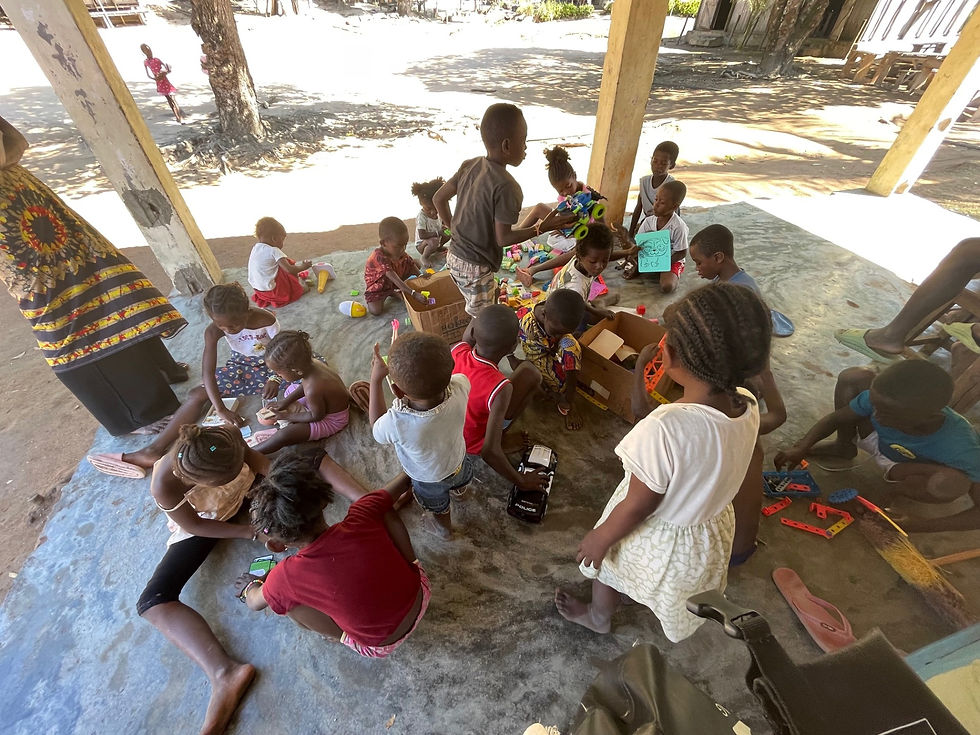
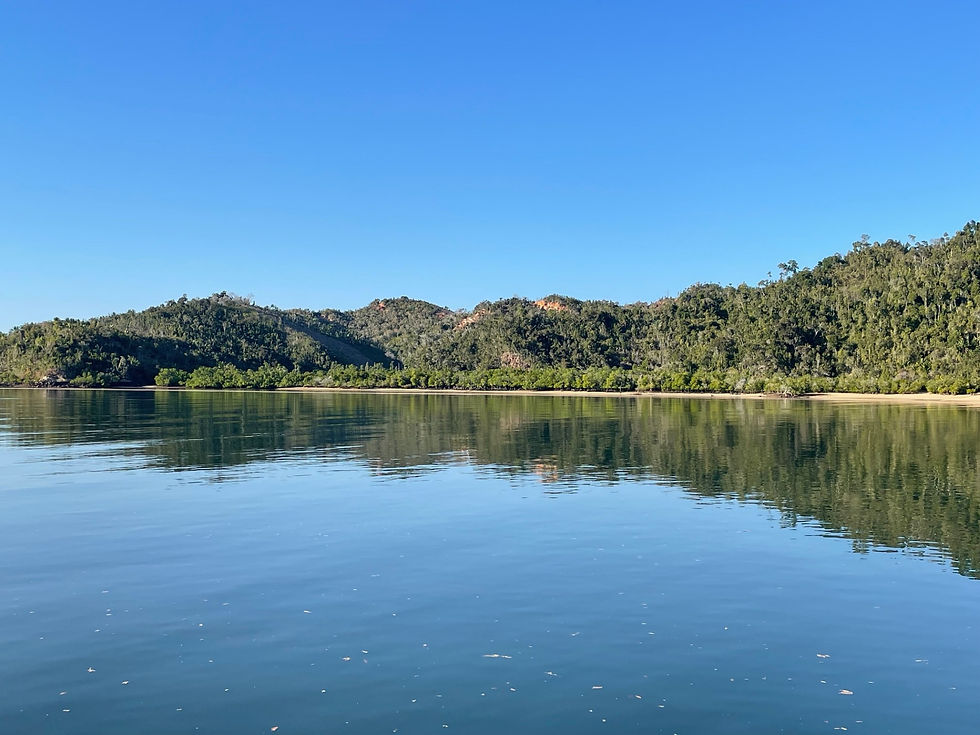
Honey River
Carla & Antoine
During our weeks in northern Madagascar, we repeatedly encountered "yachties" we had already met in the Seychelles. Some of them are circumnavigators, others, like us, are from South Africa. It's always a wonderful experience to see familiar faces and boats. The sailing community is vibrant and supportive, whether during repairs or simply during a chat on the beach or over a sundowner.
During our time in Madagascar, we met several "dropouts" who work in various projects and strive for a self-sufficient life in harmony with nature. Fidelius, a young Swiss dropout, accompanied us on the Najuma for a few days and, through many conversations, introduced us to this way of life.
Shopping at the market in Hellville with Fidelius
On the road with Fidelius in Russian Bay
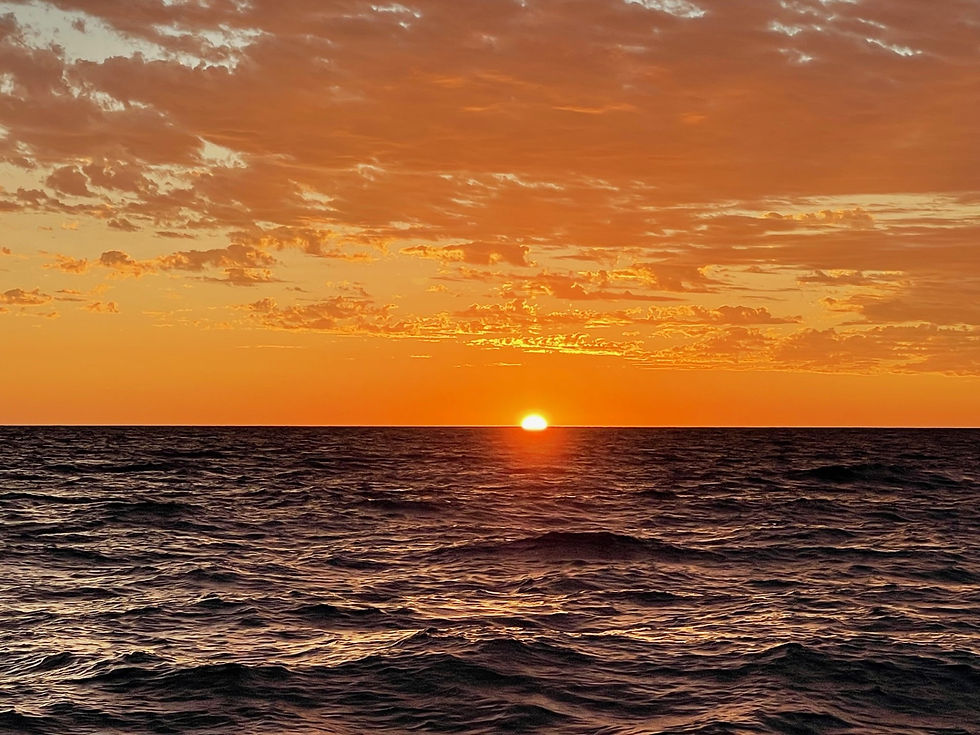
Our time in northern Madagascar is soon coming to an end, and we're getting the ship ready: checking the rigging, stocking up on supplies, filling up the diesel tank, visiting the dentist, and waiting for Renier. He will accompany and support us on our trip to South Africa. On September 11, 2024, it's time to check out in Hellville. The same procedure as for clearing in, and at the end, the customs, police, customs, and immigration officers are brought back on board the Najuma by dinghy and back to shore. We then have 48 hours to leave the country. The weather is good, and we set sail the next day along the coast of Madagascar. We sail through the first night and stop in Moramba Bay for the second night. The first 250 nautical miles are behind us. In the evening, Gottfried checks the weather, and a good but short weather window is emerging for the trip through the Mozambique Channel to Bazaruto. We decide to set sail early in the morning toward Cape St. Andre, and from there we'll cross the Channel and head for Bazaruto. We're keeping an eye on the weather, as the next front is already approaching. We have a good northeasterly wind and are traveling at 6-7 knots. We expect the 720 nautical miles to Bazaruto to take about five days.
They are happy we are allowed to leave the country!

Hurray, the AHV is coming!
La Fin

















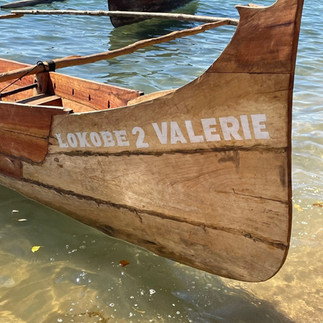

































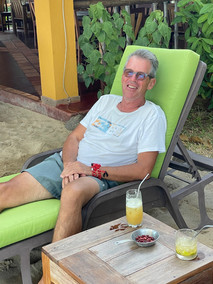







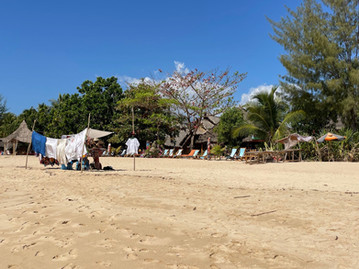






















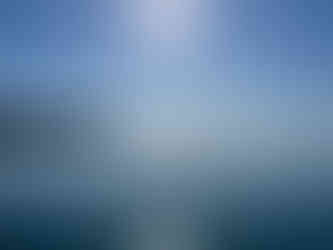

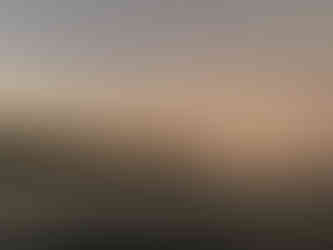




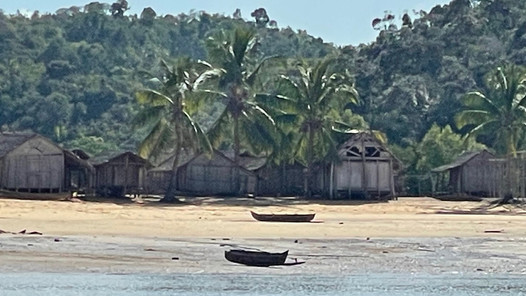















































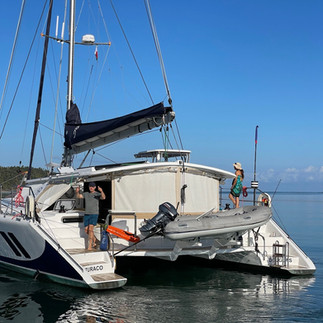



















































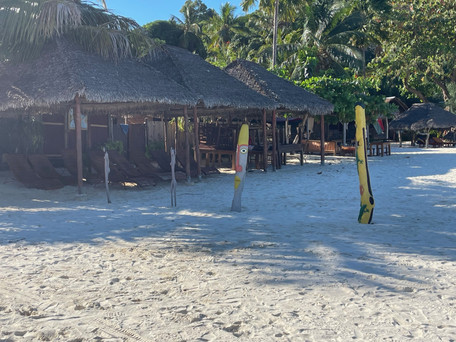



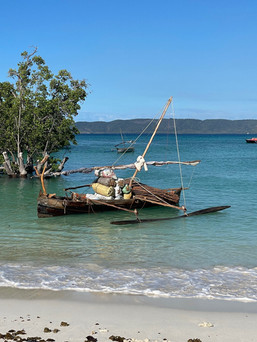

















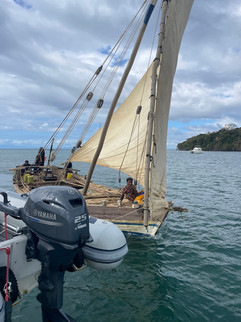































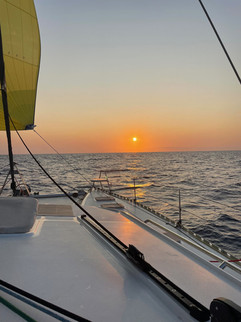










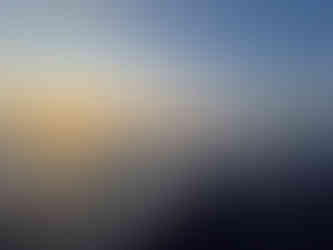











Comments